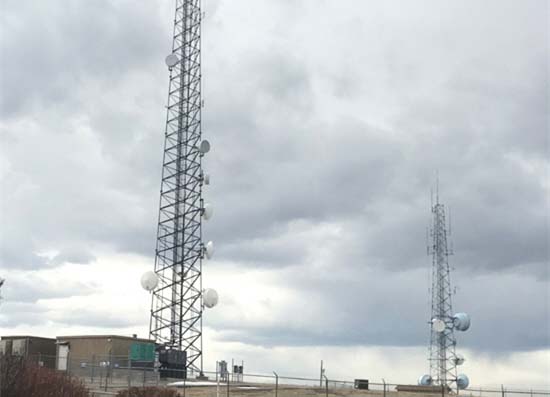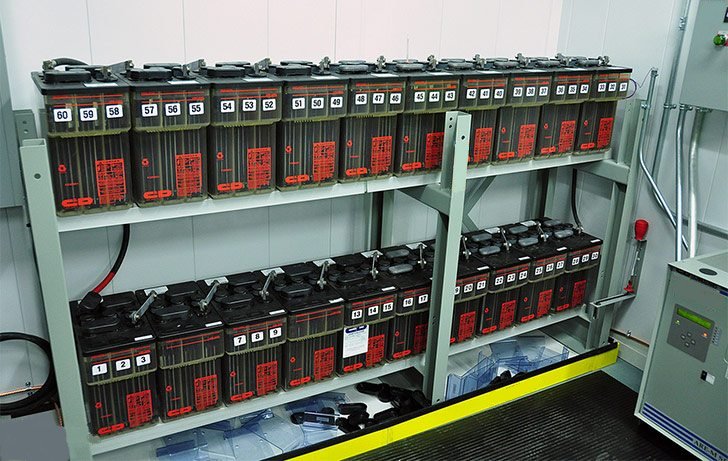Auxiliary power unit by Karl Shoemaker
Introduction
Many remote (mountain top) sites have stations running off the AC power grid. When the grid goes down this causes any stations (the loads) to go down as well. For a more reliable station(s) an Auxiliary Power Unit (APU) will take the place of the grid during that outage. Most of the users of such station(s) won't notice this action unless they are using such station(s) at that time. And the station(s) would only be down for a few seconds, or a minute at most.
There is another type of APU, in the form of a Uniterupped Power Supply (UPS) or "unit" like described above. This type has a battery supplying power to an AC inverter. That in turn supplies AC power to the station's power supply, normally a 12v system. Most amateur station equipment runs on 12v (nominal of 13.8). Having said that another way for "battery backup" is to arrange that battery (bank) to power the station equipment directly, thus, leaving out the inverter section. This is a simpler way, plus sometimes more efficient in power transfer (factor).
Another backup system of the APU family is an internal combustion engine powering an AC generator, or alternator in reality. The engine can be run on various fuels, but mainly gas, propane or diesel; the last two being safer than gasoline and the last one the safest. diesel having a high flash point is the safest and used for sites, plus water vessels. For example, during WW2 submarines ran on diesel. Of course, presently nuclear fission is the preferred method of power generation.
Electronic/radio sites have a diesel generator and a transfer switch. The unit also has several sensors and timers. Timing is used to better manage the power and it's transferring to the loads (station equipment). The timers drive relays. Their contacts control various indicators (for house-keeping alarms) and generator functions. When a grid power outage occurs the first timer waits for this outage to be "real" in cases where the grid power goes up and down within a very short time (less than a second) the APU ignores such outage. However, if it's longer, the "delay to start" relay starts the engine/motor. The next "delay to transfer" relay gives the engine time to stabilize. This is around 5-10 seconds. If the engine fails to run the system normally won't transfer to the load. In this case the station equipment would be down until either the grid power returns or someone access the site for repairs. After the delay to transfer happens the station equipment is restored.
When the grid power returns the next timer, "delay to transfer" (back) waits around 10-20 minutes to be sure the grid is back and stable, then transfers the load from the APU back to the grid. The last time "delay to stop" runs the APU anywhere from 10-30 minutes as a cool down period and further stabilization on monitoring the grid. In the event the grid does go down again (before the time-out) it will re-transfer the load back to the APU. Otherwise, the generator will be stopped and ready for the next outage cycle.
The best arrangement is the station(s) load have a smaller battery backup which keeps the station on during the timing period including grid up and down actions.

![[SRG home Direction]](images/srghome.gif)